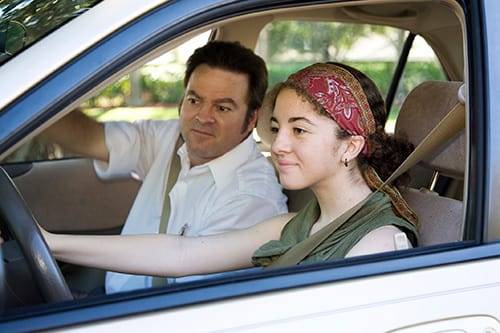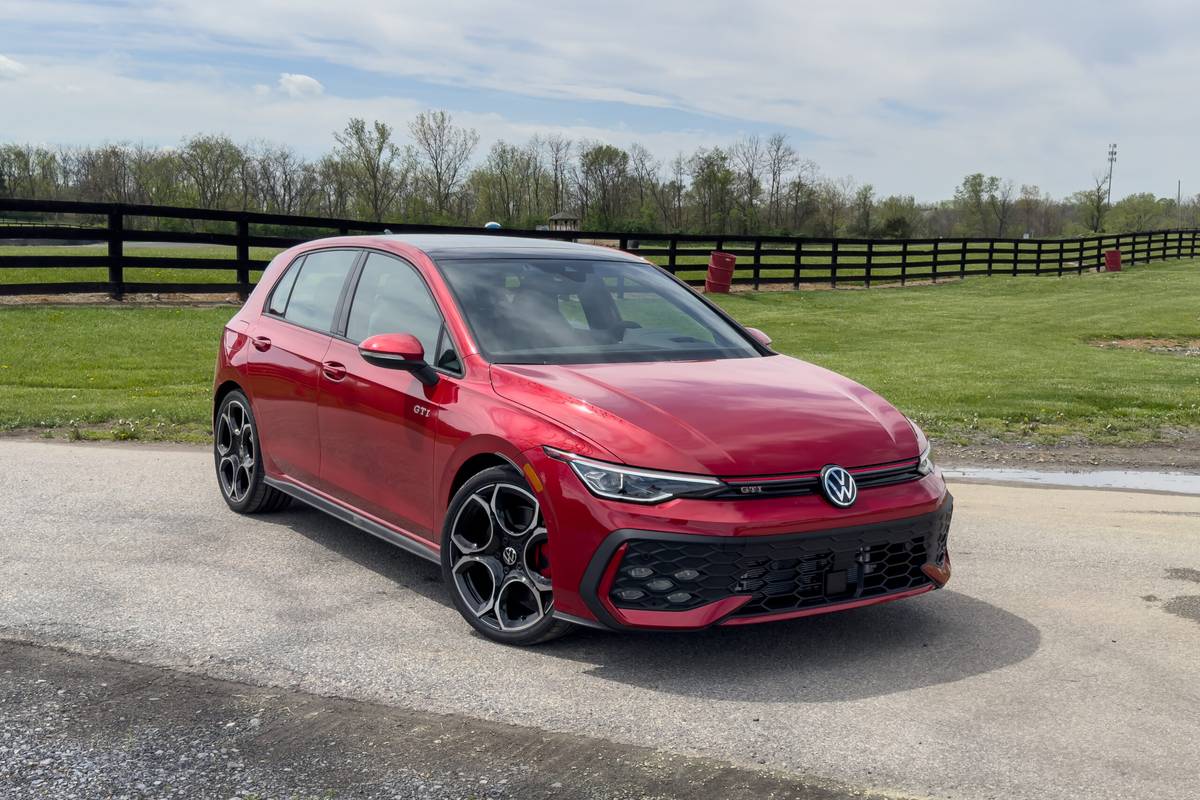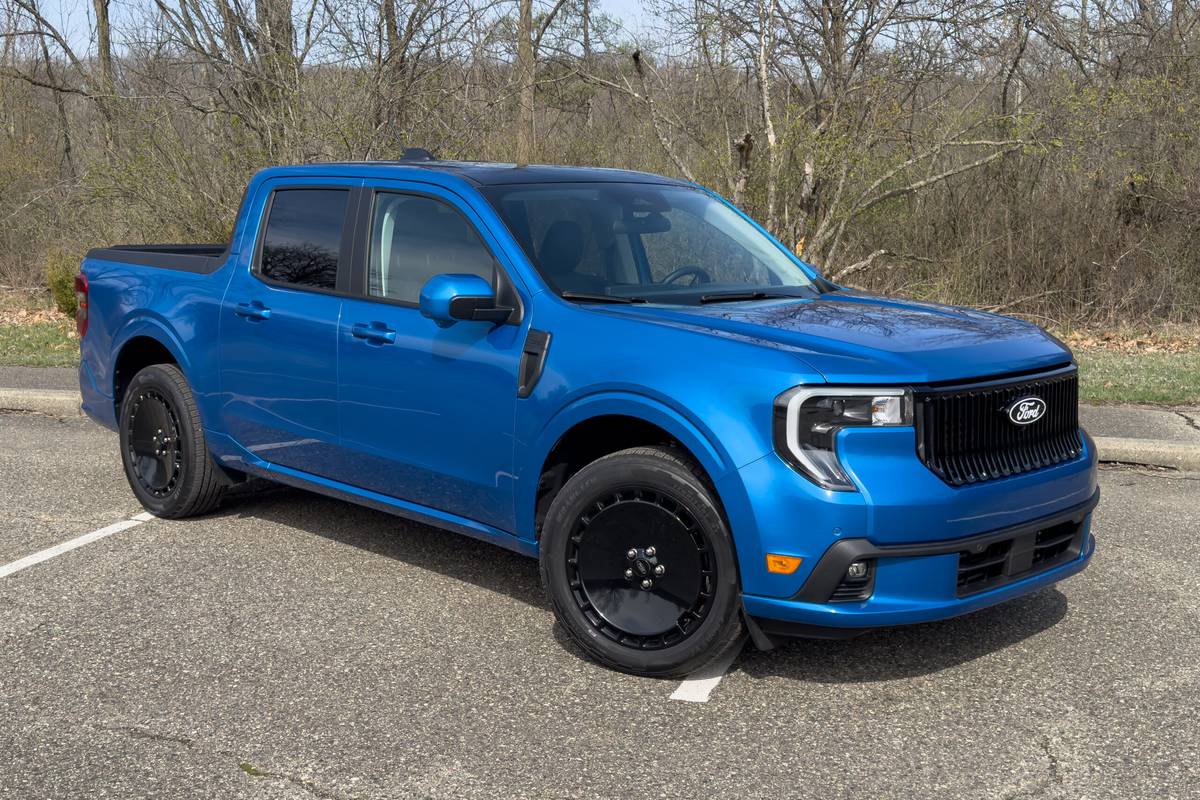Parents As Driving Instructors: What Works?

There will come a day when parents are the passengers and the kids are behind the wheel. Like all other aspects of parenting, it’s good to remember that we are often not the first ones to teach our kids to drive, but because so few parenting books cover “Teaching Your Kid To Drive,” we decided to write that chapter ourselves for National Teen Driver Safety Week.
Read More #FamilyCarAdvice
First off, teaching your kids about cars and safety can begin long before your child — forgive me, teen — gets behind the wheel for the first time. While they’re driving, parents can discuss with their kids what’s happening out on the road, what the street signs mean, why speed limits exist and how to look both ways when entering an intersection (even if you have the green light). My 12-year-old son and I recently had a conversation about what a protected left turn is. It was cool, and now he’s always looking to see if there’s an arrow and what color it is.
I talked to moms and dads of older teens to find out what kind of parent is the preferred driving coach and to gather tips. The panel is made up of parents whose kids have received their driving permits (so they can drive with a parent or guardian onboard) or driver’s licenses.
Tip No. 1: When possible, let the professional driving instructors handle the early stages of teaching your teen to drive. For mom Carrie, this setup “made it easier because someone else got to tell [her] daughter … when she was really bad.” Letting a teen get the basics under control with an instructor can reduce the number of panic attacks for both teen and parents.
Tip No. 2: Driving coaches, remain calm. Tracy says she “got fired” from the job in favor of her calmer husband. Anne said one of her daughters preferred driving with her, while her other daughter preferred driving with her husband, but both parents provided driving criticism as calmly as possible. And, of course, the definition of “calm” may depend on the kid. While mom Charlene is calm, her son drove with his dad more because he felt Charlene “drove like an old lady and thinks everyone else drives too fast.”
Tip No. 3: It’s important to consider how you deliver driving feedback to your teen. Laurie said that while she was trying not to be judgmental, her encouragement may have annoyed one of her three sons. Anne’s husband does not provide feedback or criticism until the drive has concluded. This approach appeals to me because it’s easy to overload kids with feedback, and it quickly becomes difficult to process all of it while on the road. Anne says that whatever feedback is offered in real time should be done without white-knuckling the door handle.
Tip No. 4: Your teen driver will need lots of time behind the wheel; don’t be afraid to give it to them. “I made sure [my son] had lots of opportunities to drive in rain, snow, mountains, downtown, highways, rush hour many times with us,” Charlene said.
Tip No. 5: Spend lots of time practicing parking; it’s a hard skill for many teens to master.
Tip No. 6: Get additional help from a supplementary driver’s program, such as Alive at 25 or Driver’s Edge, that teaches kids defensive driving techniques. Often, they can put your teens through situations you would not want them to encounter in real life, but in controlled environments. Both parents who used large, nationally known companies for official driver instruction and those who used small, local places suggested such programs for emergency-situation training.
Lisa F. Young/iStock/ThinkStock
Featured stories




